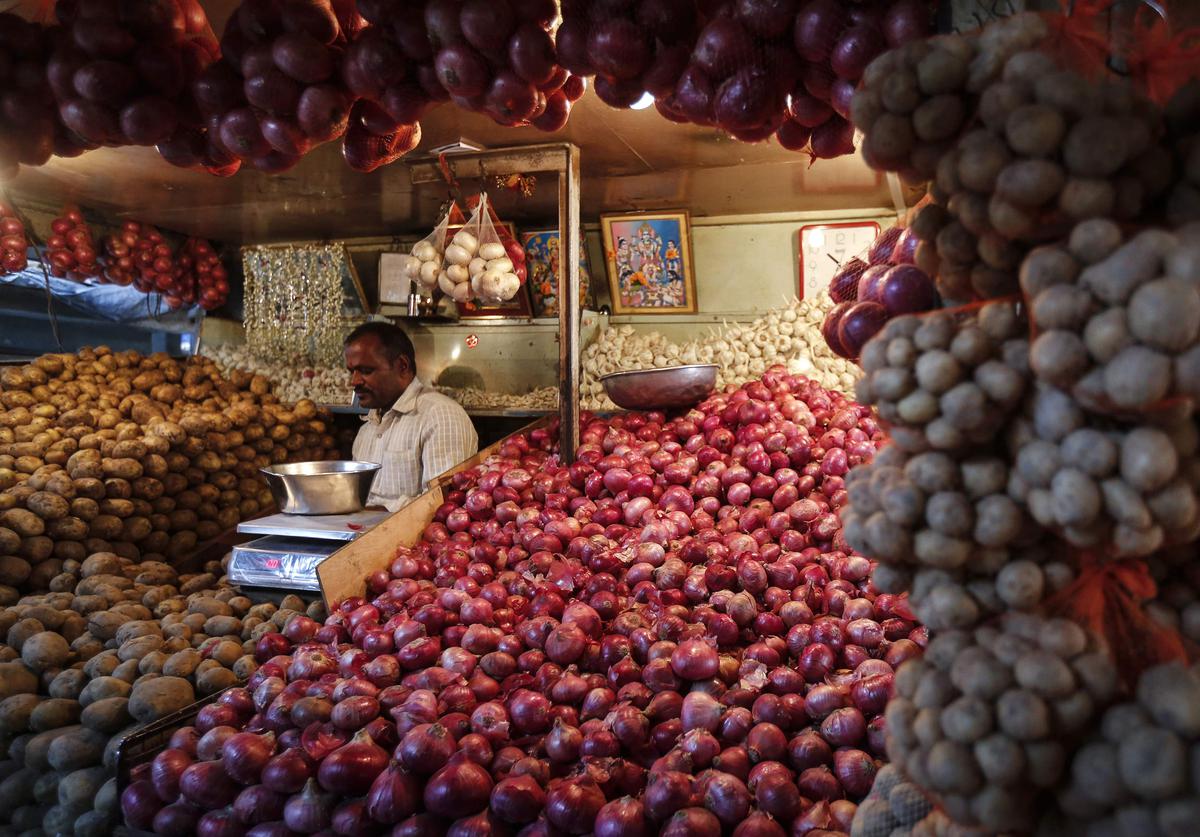Analysts believe that although food inflation may have peaked in November at 8.7%, it may moderate gradually in the upcoming months.
Due to fluctuations in important commodities included in the Consumer Price Index (CPI) basket, food inflation has been above the 6% threshold for five consecutive months as of November. Due to an 87% increase in onion prices, which raised food inflation levels across the board, retail inflation, as measured by the CPI, reached a three-month high of 5.55% in November from 4.87% in October.
During the month, food inflation increased sharply, rising 209 basis points from October’s 6.61%. But since the government has banned the export of onions, retail prices have begun to decline.
November’s sequential increase in the inflation rate is the second-highest in the previous 23 months. However, it is far less than the July increase of 696 bps. Additionally, experts don’t expect any chance of a further increase in food inflation in the foreseeable future, given that onion prices have moderated significantly this month.
The initial three components, which account for 15% of the CPI basket, have consistently demonstrated significant rates of inflation and have guaranteed that food prices will be high for an extended duration. Despite the influence of large statistical base effects, the inflation rates of these three components have stayed in the double digits over the last few months.
Experts disagree, arguing that supply-side measures like the Food Corporation of India’s (FCI) selling of wheat in open markets to large purchasers and the retail sale of onions, lentils, and flour at reduced costs will slow future price increases.

